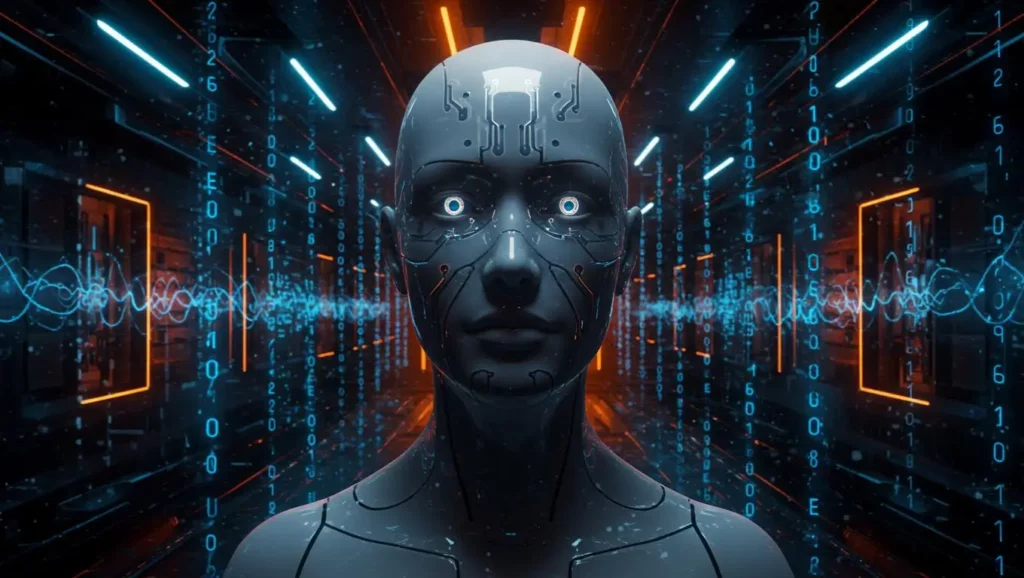What if the future of robotics doesn’t look like what science fiction promised us? Forget about shiny robots with mechanical movements. Introducing Clone Robotics, a Polish startup that challenges all conventions with a skeletal humanoid powered not by motors, but by synthetic fibers and a hydraulic heart. Guaranteed chills.
This Humanoid Robot Uses Fluidic Muscles Instead of Conventional Electric Motors
Some robots might be welcome at dinner. The Protoclone, however, inspires a desire to change sidewalks. Suspended by cables and half-naked, it resembles more a lab patient than a sci-fi butler.
Yet, behind this unsettling appearance lies a radical innovation: instead of traditional electric motors, this robot is powered by fluidic muscles designed to faithfully mimic human contractions.
Thus, Clone Robotics, founded in 2021 by young engineer Dhanush Radhakrishnan, isn’t interested in making its robots cute. On the contrary, it aims for them to be efficient, agile, and realistic. To achieve this, the company starts with biology, focusing on one of the most complex organs: the hand.
Its Hydraulic Heart and Sensors Provide Astonishingly Realistic Movements
For 18 months, Clone Robotics’ team worked on a robotic arm equipped with artificial ligaments and Myofiber, innovative units that combine muscles and tendons.
Each movement is controlled by a hydraulic heart, a small pump that sends fluid into the muscle tubes. As a result, the resulting gestures are more fluid, more natural, and more human.
Additionally, internal position, force, and muscle tension sensors work in real-time. And what operates everything? Nvidia Jetson chips, the same ones found in certain autonomous vehicles. Together, they create an intelligent and responsive system capable of nearly replicating the subtlety of human gestures.
By Mimicking Human Anatomy, Robotics Gains Efficiency and Precision
The overarching idea is biomimicry. Why invent new mechanics when nature has optimized the human body over millions of years?
By imitating anatomy, design is simplified, energy efficiency is gained, and movement precision is enhanced.
This approach isn’t merely aesthetic or philosophical. It is also practical: in contexts like personal assistance, surgery, or handling fragile materials, a robot that can finely adapt to its environment has a significant advantage.
If this technology seems distant, the next model, named Neoclone, is already in the works, set to include a tactile skin and even more autonomy.
A Disturbing Robot That Questions Our Relationship with Humans and Machines
You have to see it to believe it. The Protoclone, in its demonstration videos, straddles the line between anatomical spectacle and artistic performance.
Its sometimes clumsy movements elicit both technical admiration and visceral reactions. This robot challenges our perceptions. It is too human to be a machine, yet not human enough to be comforting.
This is perhaps its greatest value. By stepping off the beaten path, Clone Robotics raises a significant question: what do we truly want from humanoids? Practical assistance? Companionship? A double?
In the meantime, the project sparks conversation. Even if it causes discomfort, it opens a new path in the history of robotics.




